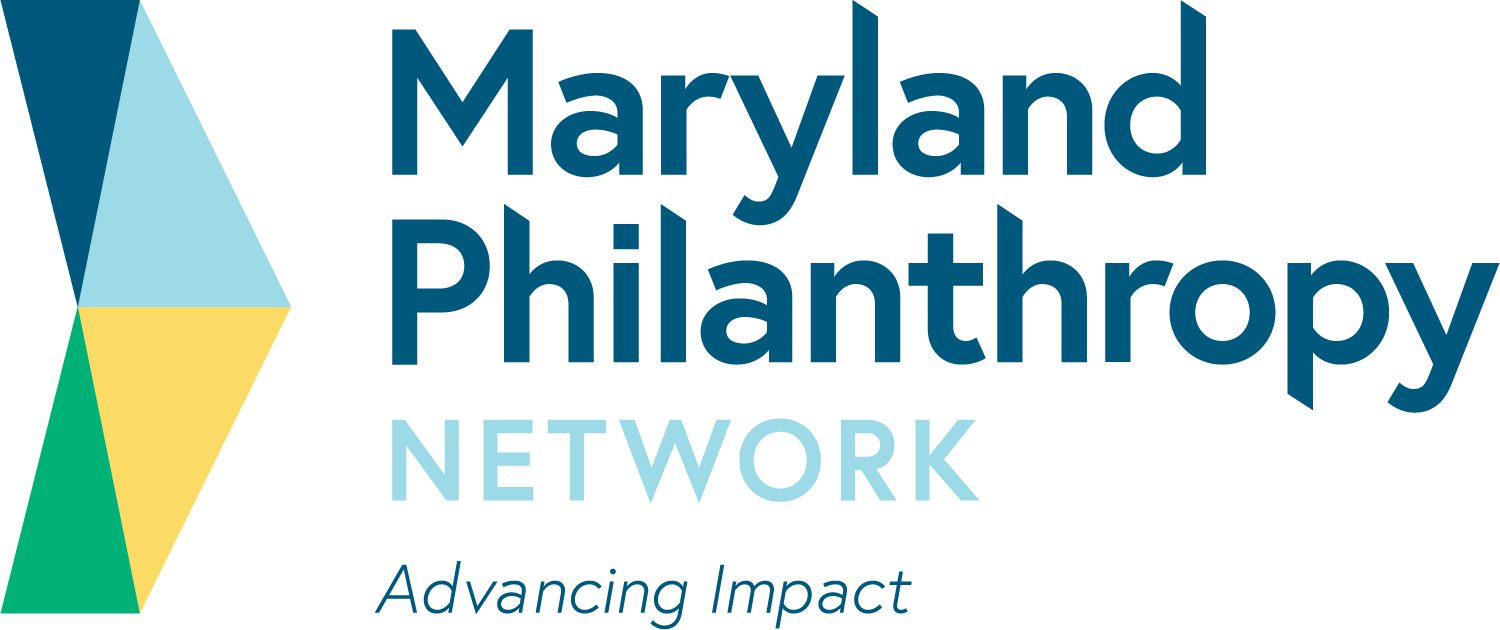Voices That Matter: How Nonprofits and Foundations Engage With the Communities They Support
In order to better understand the experiences of the communities they aim to support, foundations and nonprofits often try to get close to them, build trust and rapport, and learn from their perspectives. As Bryan Stevenson, founder of the Equal Justice Initiative, says, “There is power in proximity.” Listening to the communities at the heart of foundations’ and nonprofit organizations’ work — and incorporating their voices into programmatic and grantmaking strategies — is a long-standing, though not universally adopted, practice in philanthropy, and one that has received much attention over the past decade.
More than 10 years ago, the Center for Effective Philanthropy (CEP) found that nonprofits regularly collect and integrate feedback into their work, despite the resource constraints tied to rigorous feedback collection. This information plays a large role in improving nonprofits’ programs and services, leading to a better understanding of — and hopefully, better outcomes for — the people and communities they serve. Relatedly, foundation leaders see learning from the communities they seek to benefit as a promising strategy for enhancing the impact of institutional foundations in the coming decades. Research conducted in 2017 by CEP, with support from Fund for Shared Insight, also found that foundations with above-average understanding of the needs of those they serve (as perceived by their grantees) consistently take the time to listen to and learn from nonprofit partners and members of the communities they seek to benefit.
The question of how to listen — and listen well — to the people and communities shaping nonprofit and foundation work continues to generate significant interest. Through this research, CEP hopes to deepen understanding of the current state of learning and feedback collection efforts, reflect on if and how these practices have evolved, and explore the challenges and opportunities that are currently facing nonprofits and foundations when it comes to hearing and learning from those they seek to serve.
Click here to read the full report.
Source: Center for Effective Philanthropy

